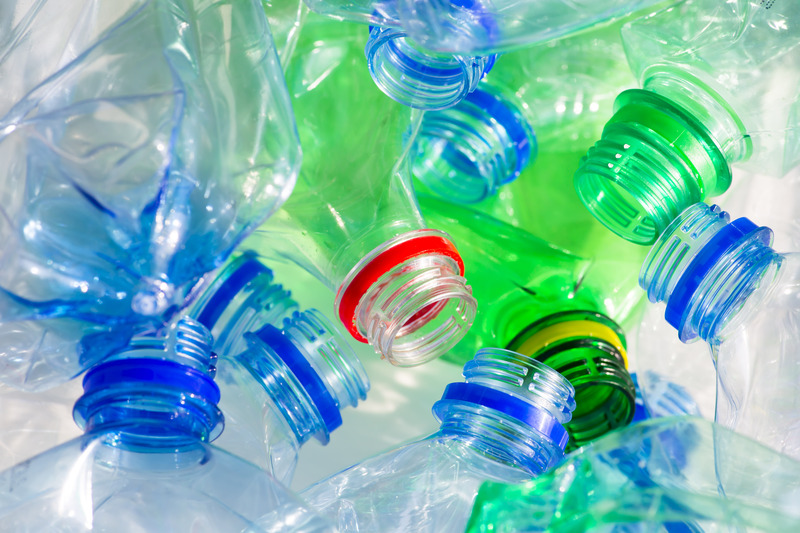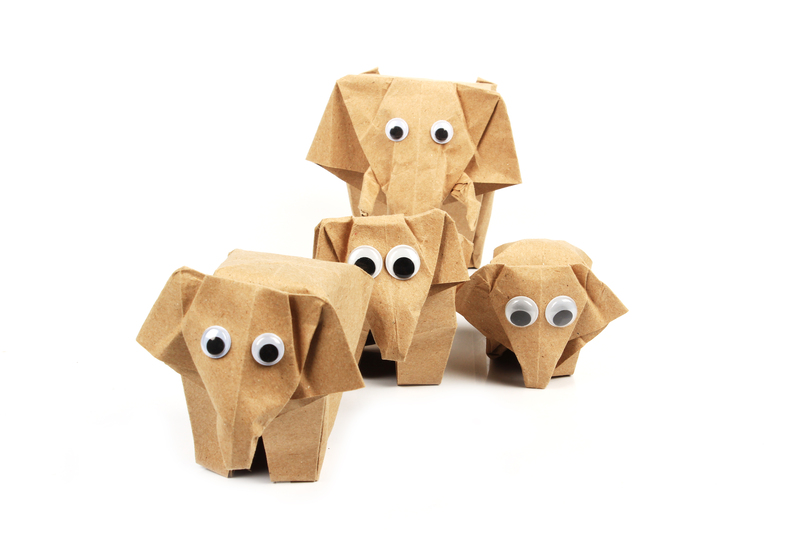A Guide to Responsibly Disposing of Unwanted Pots and Pans
Do you have a stack of old cookware cluttering up your cabinets? Whether it's nonstick frying pans with scratches, outdated stainless steel pots, or warped baking trays, disposing of pots and pans responsibly is essential for the environment and your peace of mind. This comprehensive guide covers everything you need to know about responsibly disposing of unwanted pots and pans, offering practical solutions, eco-friendly tips, and answers to the most common questions about cookware disposal.
Why Proper Disposal of Cookware Matters
Throwing your old pots and pans in the trash may seem convenient, but it's far from eco-friendly. Millions of pieces of cookware end up in landfills every year, adding to the mounting metal waste problem. Many cookware items contain materials that, when disposed of improperly, can harm the environment. Proper cookware disposal not only keeps recyclable materials out of landfills but also saves energy and reduces the demand for new raw materials.
Negative Impacts of Landfilling Cookware
- Resource wastage: Metals like aluminum and stainless steel can be recycled infinitely, reducing the need for mining and extraction.
- Toxins and pollutants: Some nonstick coatings can release chemical residues as they break down in landfills.
- Landfill overflow: Cookware takes up space and won't decompose for hundreds, sometimes thousands, of years.

What Are Pots and Pans Made Of?
Before disposing of your old cookware, it's helpful to understand what materials you're dealing with. Pots and pans come in various materials, and these can affect your disposal or recycling options.
- Aluminum: Lightweight and a great heat conductor, often used in affordable cookware.
- Stainless steel: Durable, rust-resistant, and almost always recyclable.
- Cast iron: Exceptionally long-lasting and fully recyclable, but heavy and sometimes coated.
- Copper: Popular in high-end or vintage cookware; valuable for recycling.
- Nonstick (Teflon or ceramic coatings): May contain chemicals that require special handling.
- Enamel-coated or ceramic cookware: Often made of metal but with a glassy external layer.
Check for Hazardous Materials
Always check your old pots and pans for potentially hazardous materials:
- Lead in glazes (common in old ceramic pieces)
- PTFE or PFOA chemicals in worn nonstick pans
If you suspect hazardous material, contact your local waste authority for guidance.
Can Pots and Pans Be Recycled?
Recycling unwanted pots and pans is one of the best disposal options. However, whether your local facility accepts them depends on the material and condition.
How to Prepare Pots and Pans for Recycling
- Clean thoroughly: Remove all food debris, grease, and handles if possible.
- Separate materials: If your pan has a plastic handle or rubberized grip, remove it. Some centers only accept bare metal.
- Check for non-recyclable parts: Nonstick coatings and certain ceramics may not be accepted. Ask your recycler for details.
Where to Recycle Old Cookware
- Scrap metal yards: Most accept aluminum, stainless steel, and cast iron pans--even with minor damage or burnt spots.
- Municipal recycling centers: Many local recycling programs have drop-off points or dedicated bins for metal household goods.
- Special recycling events: Look for neighborhood cleanup days or electronics/appliance recycling events, which sometimes include cookware.
Tip: Always call ahead or check your municipality's website to confirm they accept old pots and pans for recycling.
Alternatives to Throwing Away Cookware
1. Donation: Give Your Cookware a Second Life
If your unwanted cookware is still functional, donating it is one of the most sustainable choices. Your outgrown pots and pans can benefit someone in need or a nonprofit organization.
- Charity shops (Goodwill, Salvation Army, local thrift stores)
- Homeless shelters or transitional housing facilities
- Community centers, schools, or food banks
*Be sure items are clean and free from major damage or severe wear.
2. Upcycle or Repurpose Old Cookware
Get creative! Repurposing old pots and pans isn't just fun--it keeps items out of the waste stream.
- Planters: Drill drainage holes and use as quirky garden pots.
- Art projects or decor: Paint and transform into unique wall hangings, clocks, or storage bins.
- Organizers: Use pans in garages or closets to store small items, craft supplies, or tools.
With a little imagination, your unwanted pans can serve many new purposes!
3. Sell or Give Away Online
There's a thriving market for secondhand household goods. If your cookware is in reasonable shape, consider:
- Online classifieds (Craigslist, Facebook Marketplace)
- Freecycle or local Buy Nothing groups
- OfferUp, Letgo, or other resale platforms
*Be transparent about any scratches, dings, or flaws when posting.
What About Nonstick or Damaged Pans?
A special note about nonstick pots and pans: most curbside recycling programs do not accept them because of the chemical coatings. However, you still have responsible options:
- Check with specialty recyclers: Some companies or centers are equipped to handle PTFE and PFOA coatings.
- Contact the manufacturer: Brands like Tefal, Calphalon, and GreenPan may offer mail-in recycling or buyback programs.
- Remove handles and disassemble: Sometimes, removing all plastics and submitting only the metal base improves your chances for acceptance at a metal recycler.
Never burn or try to sand off nonstick coatings at home--this can release harmful fumes. When in doubt, seek professional recycling advice.
Disposal of Specialty Cookware
Cast Iron
Cast iron pots and pans are virtually indestructible. If they're rusty or worn, consider restoring them--a simple scrub and seasoning often brings them back to life. Otherwise, cast iron is highly valuable to scrap metal recyclers.
Enamel, Ceramic, and Glass Cookware
Enamel and ceramic coatings can complicate recycling. Few curbside programs accept ceramics or glass cookware, but specialized recycling centers might. Alternatively, consider donating or upcycling.
How to Prevent Cookware Waste in the Future
- Buy high-quality, long-lasting cookware: Cast iron and stainless steel pans can last decades.
- Avoid unnecessary upgrades: Only replace what you truly need.
- Maintain your pots and pans properly: Follow care instructions to extend their lifespan.
Reducing your kitchen waste begins with mindful choices and proper care.

Frequently Asked Questions About Pots and Pans Disposal
Can I put pots and pans in my curbside recycling bin?
Usually, no. Most residential recycling programs don't accept cookware due to size, weight, and material complexity. However, you can usually take them to a scrap metal or specialty recycling center.
What if my pots and pans have plastic or rubber handles?
Where possible, remove plastic, rubber, or wood handles before recycling. These parts are best disposed of separately as garbage unless your local recycling center has special provisions.
Is it okay to donate scratched or old nonstick pans?
Generally, do not donate cookware with compromised nonstick surfaces. Scratches can release chemicals and reduce the safety of the pan. Instead, seek out a recycling or upcycling solution.
Will donation centers accept all types of cookware?
Not always--donation centers typically accept only items in good, usable condition. Call ahead to make sure your donation will be welcome.
Conclusion: Responsible Pots and Pans Disposal Is Easy and Important
Properly disposing of unwanted pots and pans is a small but impactful way to help the environment, reduce landfill waste, and even help others in need. Whether you choose to recycle, donate, upcycle, or resell, these methods ensure your old cookware does not go to waste.
Remember: The next time your frying pan bites the dust or you upgrade to a new saucepan, use these responsible cookware disposal tips to keep your kitchen and the planet clean and sustainable.
Ready to clear out your cabinets? Follow this comprehensive guide and spread the word--a more sustainable kitchen starts with you!